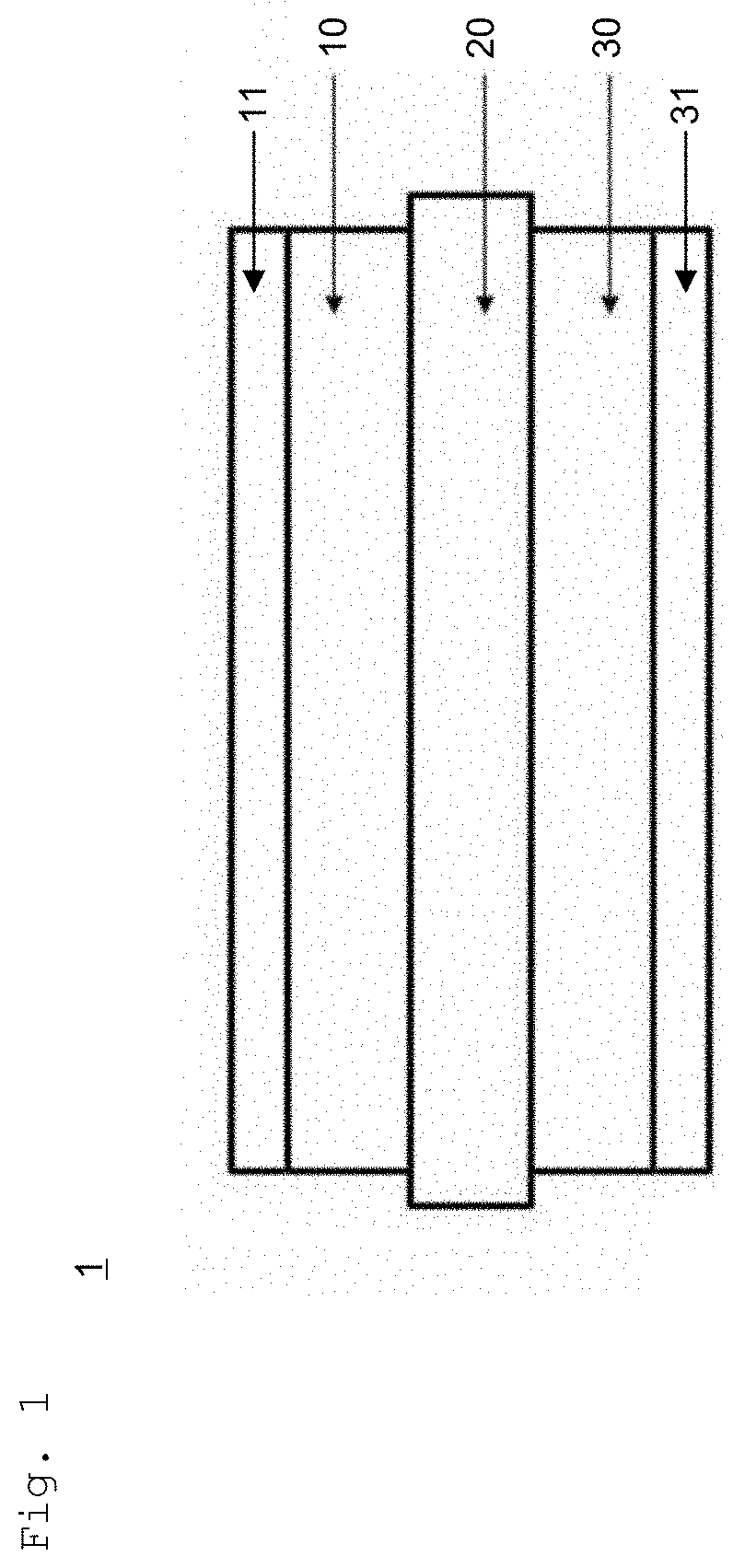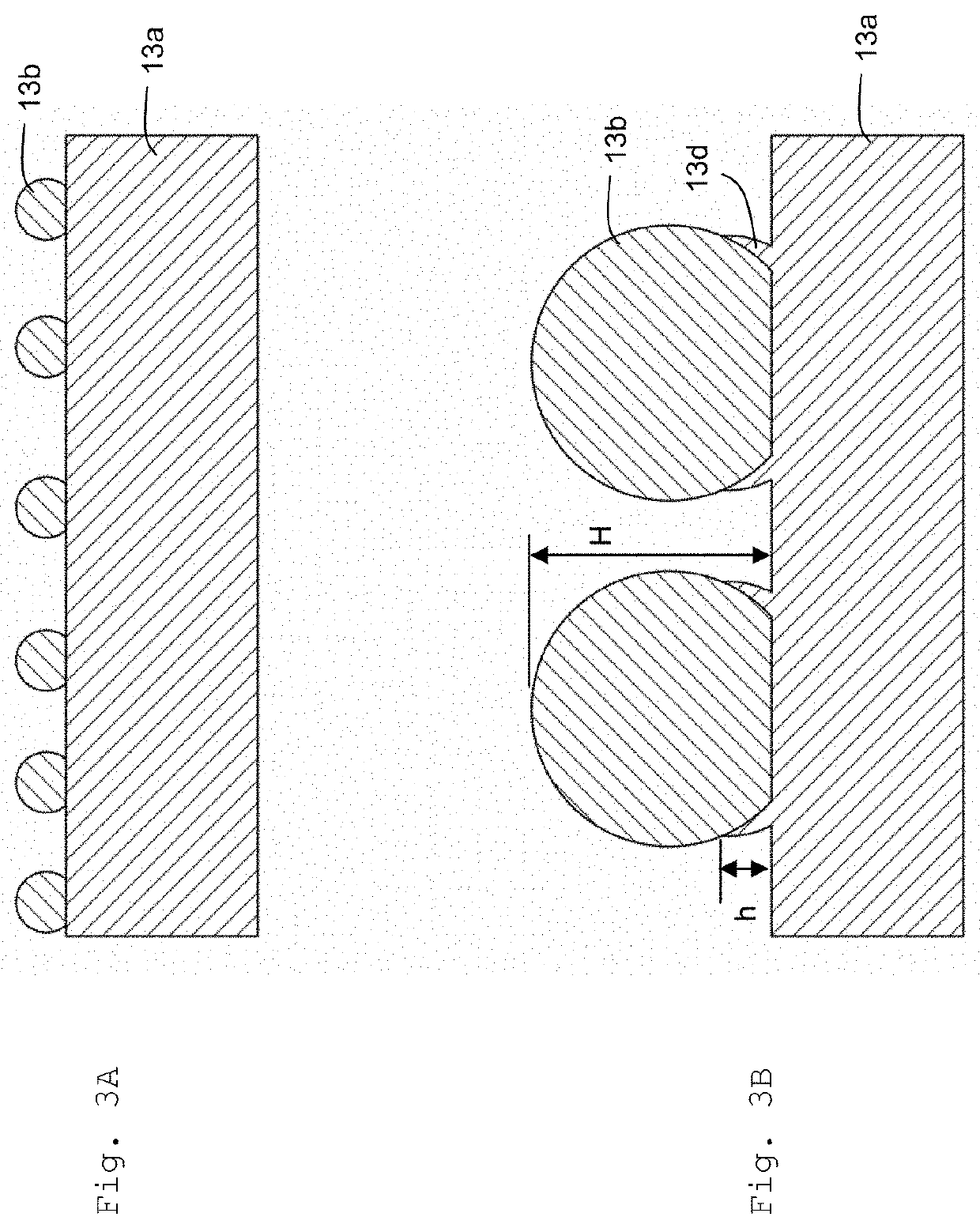Solid oxide electrolysis cell, and method and system for operating same
a solid oxide electrolysis and cell technology, applied in the direction of cell components, final product manufacturing, sustainable manufacturing/processing, etc., can solve the problems of large-scale energy storage, low system efficiency of about 70%, and inability to reduce etc., to achieve the effect of suppressing the degradation of hydrogen electrodes
- Summary
- Abstract
- Description
- Claims
- Application Information
AI Technical Summary
Benefits of technology
Problems solved by technology
Method used
Image
Examples
example 1 (
2. Example 1 (SOEC / SOFC Alternating Operation of Electrolysis Cell 1)
[0076]When SOEC is inversely operated as mentioned above, it can be operated as SOFC which can generate power with high efficiency by using stored hydrogen as fuel. In Example 1, the electrolysis cell 1 with the condition (b) as mentioned in “1. Continuous Operation of Electrolysis Cell 1” was used, and SOEC / SOFC alternating operation (hereinafter referred to as [alternating operation]) was performed.
[0077]In the alternating operation, as shown in FIG. 7, the absolute value of the current density was set at 0.5 A·cm−2, and each retention time was 11 hours. The change rate of the current density was set at 1 A·cm−2h−1, and the operation was performed by 24 hours per 1 cycle. The operation temperature was set at 800° C. in order to facilitate degradation of the hydrogen electrode.
[0078]The result of alternating operation is shown in FIG. 5. The upper panel of FIG. 5 shows changes in the potential E of the oxygen elec...
PUM
| Property | Measurement | Unit |
|---|---|---|
| thickness | aaaaa | aaaaa |
| thickness | aaaaa | aaaaa |
| porosity | aaaaa | aaaaa |
Abstract
Description
Claims
Application Information
 Login to View More
Login to View More - R&D
- Intellectual Property
- Life Sciences
- Materials
- Tech Scout
- Unparalleled Data Quality
- Higher Quality Content
- 60% Fewer Hallucinations
Browse by: Latest US Patents, China's latest patents, Technical Efficacy Thesaurus, Application Domain, Technology Topic, Popular Technical Reports.
© 2025 PatSnap. All rights reserved.Legal|Privacy policy|Modern Slavery Act Transparency Statement|Sitemap|About US| Contact US: help@patsnap.com



